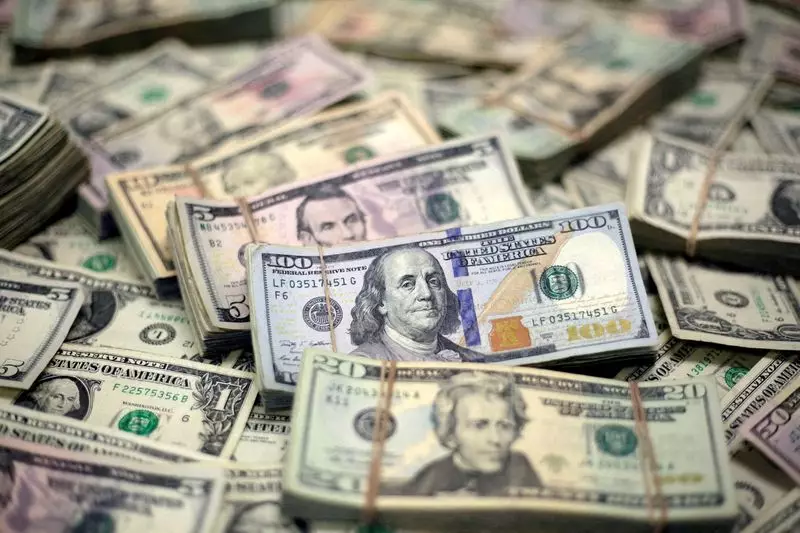The fluctuations of global currencies often reflect more than just numbers; they signify the changing tides of economic policy, geopolitical events, and market sentiment. Recently, the U.S. dollar has demonstrated notable strength, reaching levels not seen in several months, driven largely by expectations surrounding the Federal Reserve’s monetary strategy. This article examines the undercurrents that inform these movements, exploring their implications for various currencies and the broader economy.
The dollar’s ascent is significantly attributed to trader sentiments regarding the Federal Reserve’s upcoming decisions. The anticipation of modest interest rate cuts has fostered a bullish outlook on the dollar. Following a substantial 50 basis point cut in September, traders seem to project further reductions, with an estimated 89% likelihood of a 25 basis point cut occurring in November. Such expectations typically result in a stronger dollar, as lower rates can enhance consumer spending and investment, positioning the economy for sustained growth.
The dollar index, which tracks the U.S. currency against a basket of six major counterparts, has surged, currently sitting at around 103.18. The potential for a paradigm shift in U.S. monetary policy, as articulated by Fed Governor Christopher Waller, highlights the importance of caution. Waller’s remarks on the need for a gradual reduction in rates underscore the delicate balance the Fed must maintain to navigate these uncertain economic waters. Moreover, the upcoming release of non-farm payrolls is pivotal; disruptions from natural disasters and industrial strikes could skew these numbers, complicating the Fed’s decision-making landscape.
As the dollar strengthens, other currencies such as the euro and the yen have been struggling to maintain their positions. The euro, despite a period of relative stability, is hovering near its lowest values since early August, largely due to forecasts of another interest rate reduction by the European Central Bank. This impending cut could exacerbate the euro’s woes, pushing it closer to critical psychological levels against the dollar.
Conversely, the Japanese yen has also felt the pressure. With recent dovish comments from the Bank of Japan and political uncertainty regarding future rate hikes, the yen has slipped to around 149.55 to the dollar. The specter of reaching the psychologically significant 150 mark has caused apprehension among traders, alarmed by potential interventions from Japanese authorities aimed at stabilizing the currency. The ongoing changes in Japan’s economic policy, especially with the rise of new political leadership, have generated further uncertainty on when the Bank of Japan might rethink its ultra-loose monetary strategy.
The Anticipation of Stimulus in China
While the U.S. faces its challenges, China is also maneuvering through economic complexities. The Chinese government appears to be gearing up for significant fiscal measures, potentially raising substantial funds through Treasury bonds to amplify economic stimulus. Analysts speculate that forthcoming actions from the National People’s Congress could provide insights into how China plans to shore up its ailing economy, particularly in light of recent data suggesting a slowdown.
This potential for additional stimulus has implications for the yuan’s performance, which has shown little movement amidst these announcements. As other currencies respond to shifting U.S. monetary policy, the yuan’s stability amid proposals for fiscal easing indicates a cautious market approach. Such dynamics will continue to play out alongside interactions with the dollar, further highlighting the complex interplay of international finance.
The current state of the currency market reflects a myriad of expectations and uncertainties, heavily influenced by economic indicators and policy shifts from central banks. The dollar’s rise exemplifies how domestic economic factors can impact global financial sentiment, altering the trajectories of multiple currencies. Traders and investors alike must remain vigilant, as economic developments—particularly concerning the U.S. Federal Reserve, the European Central Bank, and the Bank of Japan—will shape the currency landscape in the near future. Ultimately, the ability to navigate these complexities will determine investment strategies, illuminating the path forward for global economies.

